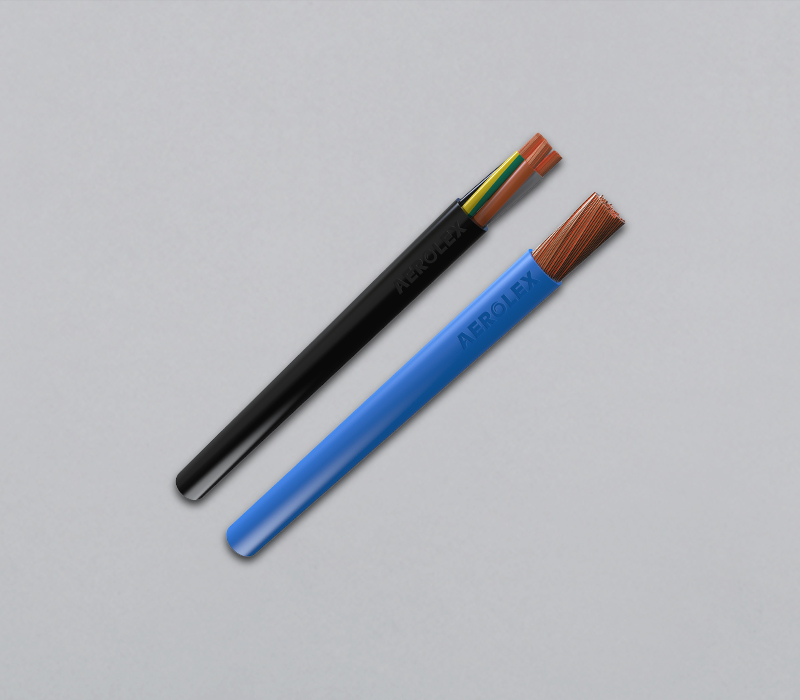FAQS Flexible Cables

How to Make a Cable Flexible:
There are many instances where a flexible cable is needed. Especially when installing temporary installations. The flexibility in cable makes it easier to coil, pack away, and reinstall when necessary. Also, the flexibility guarantees that the cable is able to withstand frequently pulling and twisting.
So what makes a cable flexible? These three factors contribute to a cable’s flexibility.
Shielding
Braiding offers flexibility within cables because they are small strands of conductors woven into the sleeve around the cable. Braid coverage is represented as a percentage and it has small gaps, so it’s considered to be impossible to have 100% coverage. To increase the overall coverage, however, an installer can use a cable with multiple braids to try to reach up to 98% coverage.
Cables are also available with a combination of both foils and braided designs. This can be a great choice when looking to take advantage of the coverage of foil and the flexibility of the braids.
Conductors
Conductors within a flexible cable are stranded and the rule of thumb is, the more strands in the cable, the more flexible the cable will be.
More strands can sometimes lead to increased cost and production time. Also, stranding can impact the electrical properties of cable so it’s important to view spec sheets and check the performance of the cable to the project’s requirements. For example, higher-gauge conductors have more insertion and loss than lower-gauge conductors. Therefore, stranded cable exhibits more attenuation than solid copper conductors.
Compounds
Rubber jackets tend to not have some burn ratings that are found in traditional cables. This means they won’t pass safety ratings and if they are being run into a building they need to be checked for local fire codes for requirements.
The rubber material also resists sliding and can be problematic when you try to install it within a conduit. More lubricant or an increased conduit size may be needed.
Flexible cables also require special connectors. Making sure the connectors that are used are designed for stranded conducts (if the cable features stranded conductors). Also, it’s important to note that you should choose a stronger connector design that can handle being installed and uninstalled repeatedly.
Buy right flexible cable with us for your application.
Contact Us
Aerolex Cables Pvt. Ltd
Plot No.17, Swastik Industrial Estate, Opp. Aarvee Denims & Exports Ltd. Sari, Sarkhej, Ahmedabad, Gujarat - 382220, India
Call Us : View Mobile Number
E-mail : sales1@aerolexcables.com
